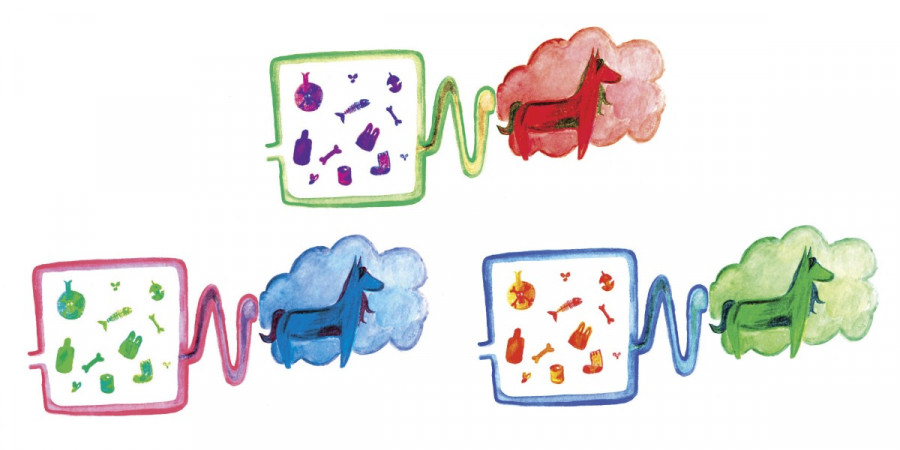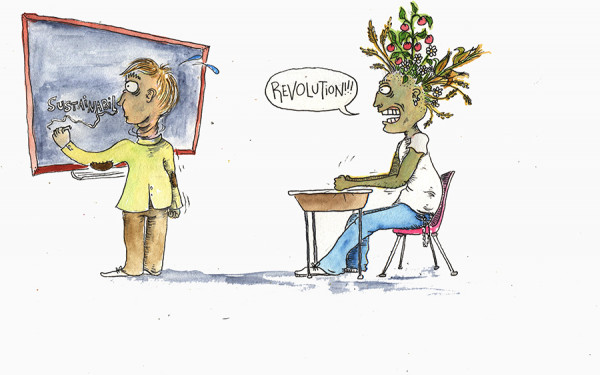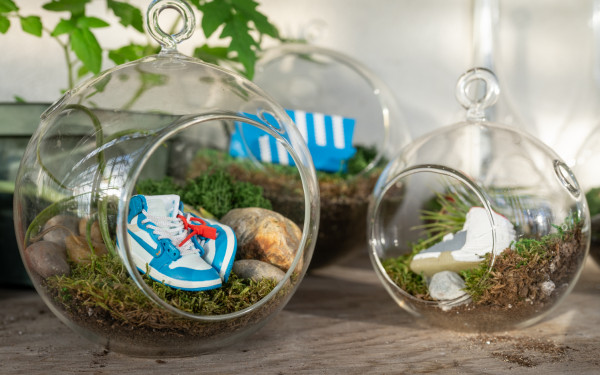Reimagining Waste
Montreal Bio Fuel Plant Develops Game-Changing Waste Management Technology
Engineers at Montreal-based Terragon Inc. want to change the way the world views its trash—to consider it rather, as fuel.
Their growing team has developed a machine they fondly refer to as MAGS, a micro auto “gasification” system that functions much like an incinerator. Garbage is fed into the machine, but eliminating trash is only half the point.
“Instead of putting fuel into our system we put waste, that generates this gas, then we can combust this gas just like we would any fuel,” says Lean Lobry, an engineer at Terragon.
The machine first heats the trash to temperatures as much as 700 degrees Celsius. This heating process converts most of the waste into gas, which is fed into a second chamber, where it is ignited to create energy.
This energy is currently used to power the machine itself and act as a water heater.
MAGS was developed specifically for large boats and to power remote habitats like military camps or resorts, which struggle to dispose of their waste responsibly.
“Waste management is a very complex process which has the perception of being a simple matter of throwing things in the garbage and a truck takes it away to the dump,” says Wayne Moore from the Department of National Defense.
“That is fine at a municipal level, but at sea it is a much different story where space is very limited, hence why MAGS is being considered as a potential technology suitable for shipboard use.”
MAGS is considered a green technology because for every 100 pounds of trash, it produces five pounds of non-toxic ash that can be used as fertilizer. Its emissions are filtered through a “scrubber,” which cleans the harmful components from the exhaust and can be fed back into the machine in order to create more energy.
The machine has been through many phases of testing.
“We tested those in the field at the Fairmont Le Château Montebello hotel, on the Maersk Laser supply ship, and we also put it with the Royal Canadian Navy and the U.S. Marines,” said Andrew Korney, communications director at Terragon.
“They’ve become our biggest champions for MAGS. They’ve literally tested it, put everything you can imagine into it. […] These were very successful field demonstrations.”
But the machine isn’t perfect yet. It still struggles to handle moist waste, which takes longer to gassify and can stall the machine. Personnel manning the machines are therefore forced to dry their waste, sometimes in buckets on the hull of ships before feeding it into MAGS.
Terragon is also working on developing technology to harness the energy produced to not only heat water, but convert it into electricity that could be used for other purposes.
Eventually Terragon developers would like to see MAGS technology reach residential markets, to dispose of trash and conserve energy used for heating water in every home.
“Thing is, this is such radical way of thinking for the Marine industry alone, that this will [be] a total game changer,” said Korney.
Others are skeptical about the revolutionary impact MAGS technology could have.
“I think it’s a neat technological development; it seems that it is able to treat the trash in a way with having emissions that are within standards, which is good,” said Faisal Shennib, environmental coordinator at Concordia.
He considers MAGS as more of a band-aid solution to waste management problems that need to be addressed from the source.
Through his research on better waste reduction strategies for Concordia, Shennib has concluded that rather than creating so much waste, producers and consumers of goods need to be more mindful of the kind and amount of packaging is being created to contain and ship what we consume.
He explains his attitude towards waste management with an analogy.
“You’re standing near a river and you see a baby in the water, and you’re alarmed that there’s a baby in the water, it’s drowning, it’s crying. You go to rescue the baby, and then babies just keep coming,” he said.
“Eventually you need to start asking yourself, ‘Who’s putting the babies in the water?’ So we need to think that way about waste, right? Stop the baby throwers.”
For Shennib, the best way to manage waste is to create less of it, but for the garbage we do make, MAGS technology may become a viable solution that can be a source of energy, too.





_900_642_90_600_375_90_s_c1.jpg)
